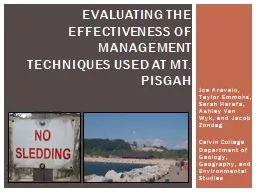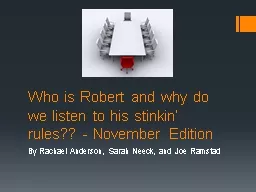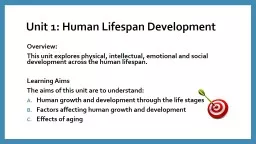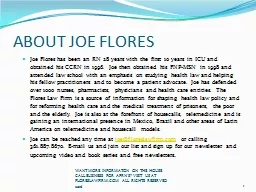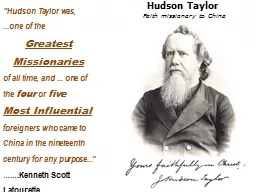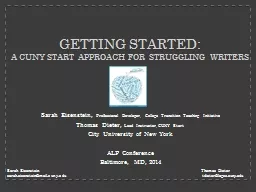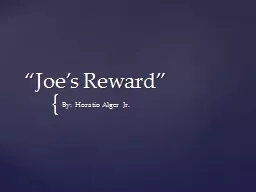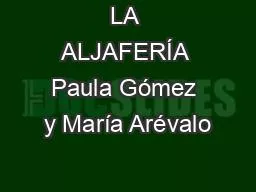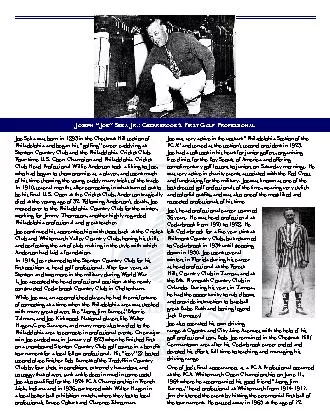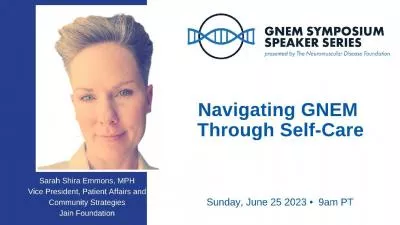PPT-Joe Arevalo, Taylor Emmons, Sarah
Author : debby-jeon | Published Date : 2018-10-28
Harefa Ashley Van Wyk and Jacob Zondag Calvin College Department of Geology Geography and Environmental Studies Evaluating the Effectiveness of Management Techniques
Presentation Embed Code
Download Presentation
Download Presentation The PPT/PDF document "Joe Arevalo, Taylor Emmons, Sarah" is the property of its rightful owner. Permission is granted to download and print the materials on this website for personal, non-commercial use only, and to display it on your personal computer provided you do not modify the materials and that you retain all copyright notices contained in the materials. By downloading content from our website, you accept the terms of this agreement.
Joe Arevalo, Taylor Emmons, Sarah: Transcript
Download Rules Of Document
"Joe Arevalo, Taylor Emmons, Sarah"The content belongs to its owner. You may download and print it for personal use, without modification, and keep all copyright notices. By downloading, you agree to these terms.
Related Documents

